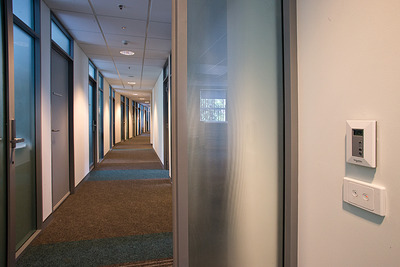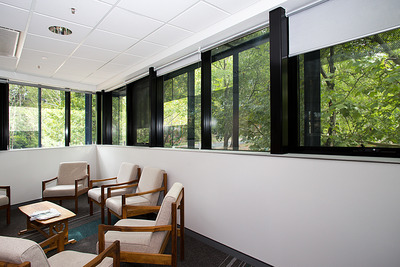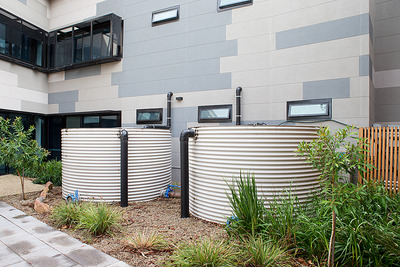ANU unveils the ACT's greenest building
Thursday, 13 March, 2014
The Frank Fenner Building, located at The Australian National University (ANU), has become the first building in the ACT to achieve both 6 Star Green Star Office Design and As Built v3 ratings from the Green Building Council of Australia (GBCA).
The building houses the Fenner School of Environment and Society, a school dedicated to integrated environmental research and training. A collaboration between ANU and the ACT and Commonwealth governments, it was completed by the Hindmarsh Group in 2011 but only recently achieved its 6 Star Green Star As Built rating.

“A Green Star Design rating requires a commitment to innovation and a holistic approach to green building design,” said the GBCA’s chief executive, Romilly Madew. “By reinforcing this commitment with a Green Star As Built rating, ANU and Hindmarsh have confirmed that the sustainable design intentions were implemented during the construction process.
“Hindmarsh is to be congratulated for being the first project team to achieve World Leadership status for construction in Round 1 of the Green Star submission process.
“ANU now has a ‘futureproofed’ asset that can withstand higher energy prices and future regulatory change.”

Professor Steve Dovers, director of the Fenner School of Environment and Society, said a 6 Star building needs to cover “a lot of areas of environmental performance”.
“The building is obviously very energy and water efficient,” he said. “Some features include a blackwater recycling system which captures all wastewater and stormwater, which is then recycled, and a solar array consisting of 142 solar panels that feeds back and produces almost as much energy as the building consumes” - up to 43,800 kWh of electricity annually. In addition, the building is made up of recycled and recyclable materials, while motion sensors and daylight dimming reduce energy consumption.

Professor Dovers added that the building was designed not just to be nice to look at, but to relate to the landscape. “So the colour scheme on the main building actually is taken from the native trees nearby ... And the stormwater management system includes a biodiverse native planted wetland, which links into nearby bushland.”
He said the building will now be part of a study of green buildings at universities around the world.
Sustainability in 2026: what's next for Australian businesses?
No longer is it just about reporting; it's about using these frameworks to drive meaningful...
Net zero or 1.2 million homes: trade-off or win-win?
The housing accord's ambitious goal of building 1.2 million homes by June 2029 could impact...
How mandatory climate reporting is raising the bar for corporate leadership
The shift towards mandatory climate-related financial disclosures is transforming how...










